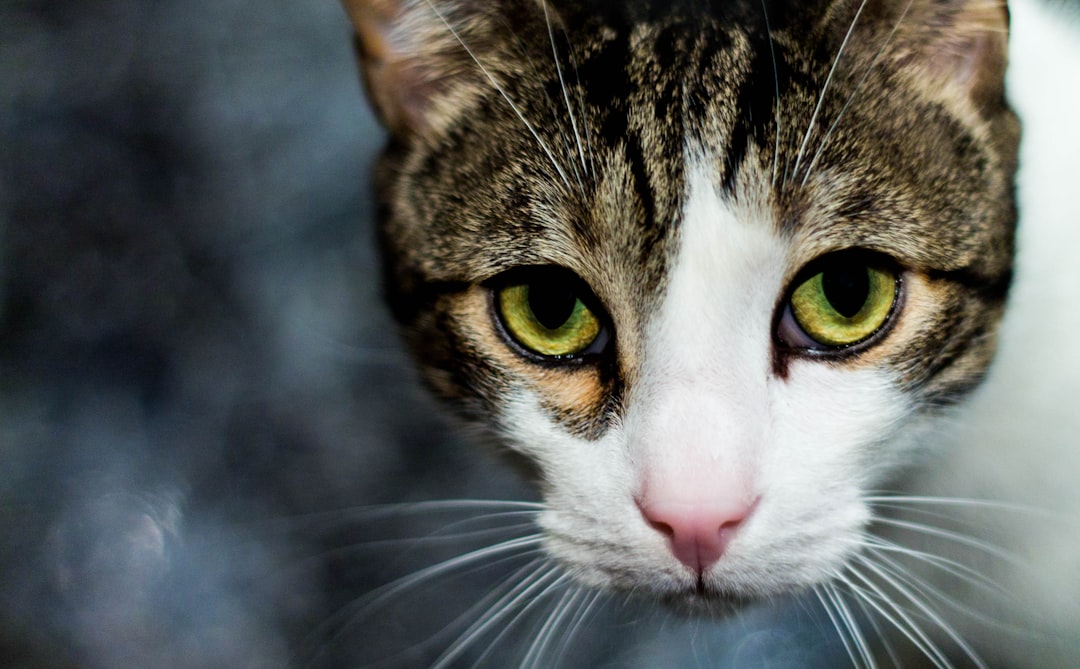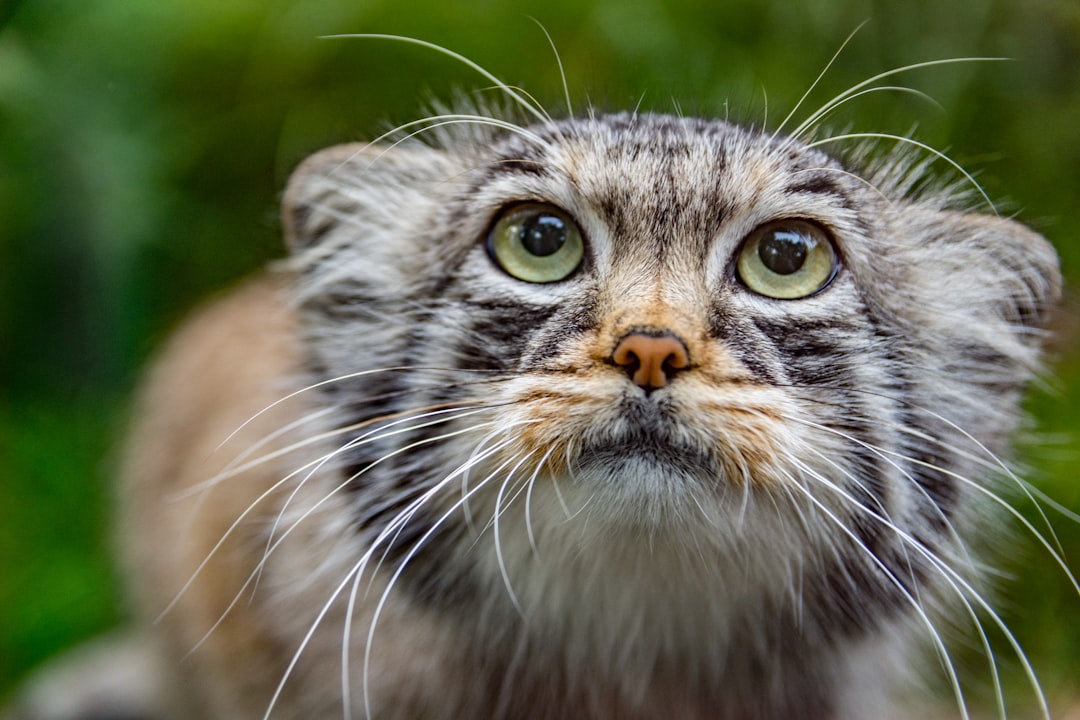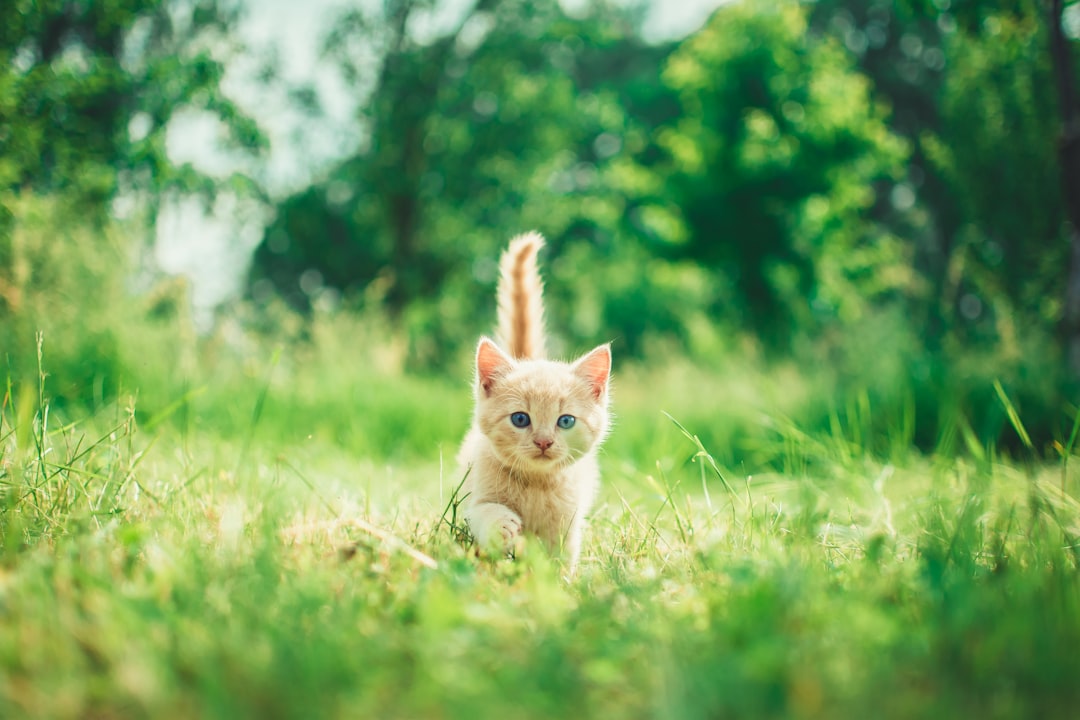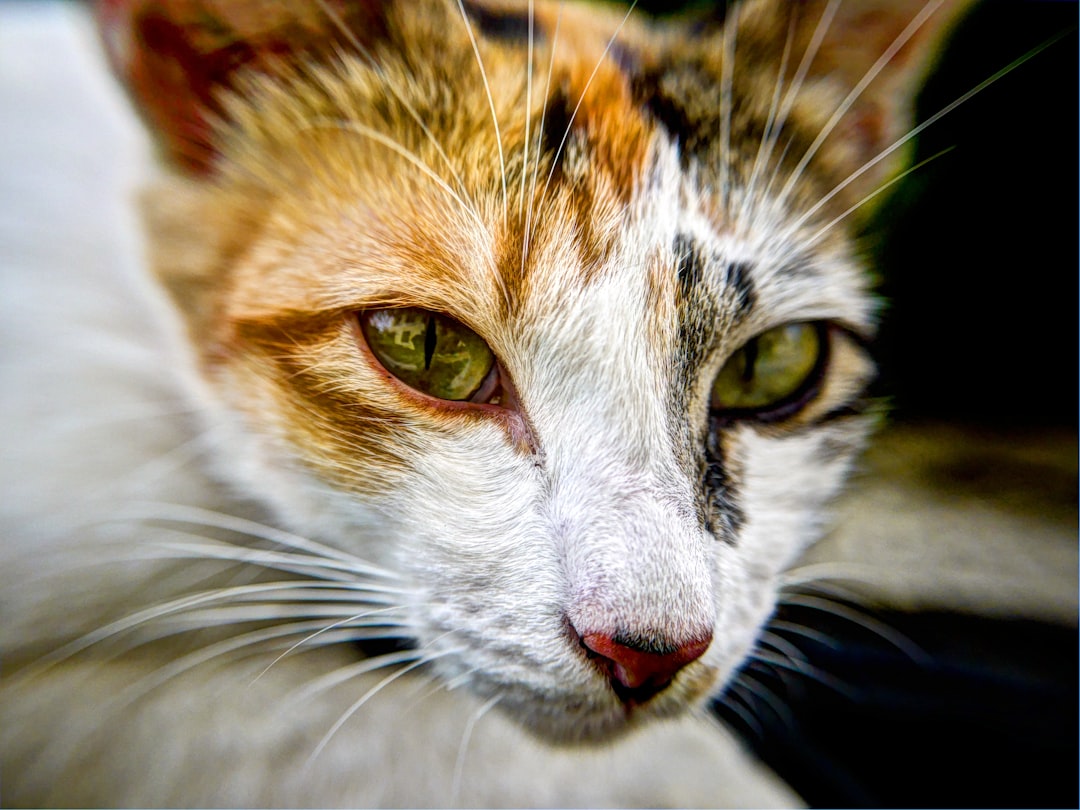Many cat owners wonder, "can cats eat lettuce?" While cats primarily thrive on meat-based diets, incorporating safe vegetables can provide various health benefits. Understanding your cat’s nutritional needs is essential before introducing new foods. In this guide, we will explore the role of vegetables in your cat’s diet, assess the safety of lettuce, and identify other suitable options. By the end, you’ll feel confident in making informed decisions about your feline friend’s dietary choices.
Understanding the Nutritional Needs of Cats
Cats are obligate carnivores, meaning their diet primarily consists of animal-based proteins. This diet supplies essential nutrients that are crucial for their health. Here are some key components of a cat’s nutritional needs:
- Protein: Cats require high-quality animal protein for growth, energy, and maintenance. Options like chicken, fish, and beef are excellent sources.
- Taurine: This essential amino acid supports heart health, vision, and reproductive functions. Cats cannot produce enough taurine and must obtain it from their diet.
- Fats: Healthy fats provide energy and support skin and coat health. Look for sources like fish oil or chicken fat.
- Vitamins and Minerals: Important for various bodily functions, ensure cats receive nutrients like vitamin A, B vitamins, and calcium.
- Water: While not a traditional nutrient, hydration is vital. Cats often don’t drink enough water, particularly if they consume dry food.
Now, regarding the question, can cats eat lettuce? While lettuce is not a natural part of a cat’s diet, it doesn’t pose any significant harm. However, it lacks the vital nutrients that cats need to thrive.

The Benefits of Vegetables in a Cat’s Diet
Incorporating vegetables into your cat’s diet can offer several benefits, even though cats are obligate carnivores. While it may seem unusual, certain vegetables can enhance their overall health. Here’s a quick breakdown of why you might consider adding veggies like lettuce to their meals:
Fiber Content: Vegetables provide fiber, which aids in digestion and helps prevent hairballs.
Hydration: Many vegetables, including lettuce, are high in water content, which can contribute to your cat’s hydration.
Vitamins and Minerals: Vegetables serve as a source of essential vitamins (such as Vitamin A and K) and minerals, supporting your cat’s immune system and overall vitality.
Weight Management: Low-calorie veggies can serve as healthy snacks, assisting in weight control for overweight cats.
When asking yourself, “can cats eat lettuce?” remember that while it offers some nutritional benefits, it should not replace the necessary animal protein in their diet. Consider vegetables as a complementary food rather than a primary source.
Is Lettuce Safe for Cats?
When considering can cats eat lettuce, it’s crucial to understand both the benefits and limitations. Generally, lettuce is non-toxic for cats, but it doesn’t offer significant nutritional value. Here’s a breakdown:
- Safe Varieties:
- Romaine and green leaf lettuce are safest options.
- Nutritional Content:
- Low in calories, fat, and protein.
- Provides some fiber and hydration.
Pros of Feeding Lettuce to Cats:
- Hydration: Helps keep cats hydrated due to its high water content.
- Dietary Fiber: May aid in digestion, but moderation is key.
Cons of Feeding Lettuce to Cats:
- Digestive Issues: Some cats may experience stomach upset or diarrhea if they eat too much.
- Lack of Nutrients: Lettuce should not replace a balanced feline diet rich in proteins.
In summary, while can cats eat lettuce? Yes, but offer it sparingly and monitor for any adverse reactions. Always combine it with high-quality cat food to ensure a well-rounded diet.
Potential Risks of Feeding Lettuce to Cats
While you may wonder, can cats eat lettuce? The answer is generally yes, but caution is essential. Here are some potential risks associated with feeding lettuce to your feline friend:
Digestive Upset: Cats have sensitive stomachs. Introducing lettuce suddenly may cause vomiting or diarrhea. Always start with a small amount.
Choking Hazard: Leafy greens can pose a choking risk, especially if your cat tends to gulp their food. Cut lettuce into small, manageable pieces.
Nutritional Imbalance: While lettuce is low in calories, it lacks essential nutrients for cats. Relying too heavily on veggies, including lettuce, may lead to a poor diet.
Allergies and Sensitivities: Some cats may be allergic to lettuce or experience gastrointestinal issues upon consumption. Monitor your cat for any adverse reactions after feeding.
To summarize, while can cats eat lettuce, they should only consume it in moderation. Always prioritize a balanced diet tailored to their unique nutritional requirements. If you have any doubts or notice signs of discomfort, consult your veterinarian for guidance.

Other Safe Vegetables for Cats
When considering your cat’s diet, you might wonder, can cats eat lettuce? While lettuce is generally safe, several other vegetables offer nutritional benefits. Here’s a list of safe vegetables that can enhance your cat’s diet:
- Carrots: Rich in beta-carotene, carrots can improve vision and boost the immune system when served cooked and chopped.
- Peas: These provide protein and fiber, promoting digestive health. Serve them fresh or frozen; just thaw and mash for easier consumption.
- Pumpkin: High in fiber, pumpkin can help with digestive issues. Cooked and plain pumpkin puree can be mixed with your cat’s food.
- Zucchini: This light vegetable is hydrating and offers vitamins. Cook or serve it raw in small, manageable pieces.
- Spinach: This leafy green is a good source of vitamins. However, limit portions to avoid oxalates, which can affect kidney health.
Always ensure that you prepare these vegetables properly. Remember to monitor your cat’s reaction. Overall, can cats eat lettuce and other veggies? Yes, but variety is key!
How to Introduce Vegetables to Your Cat’s Diet
Introducing vegetables to your cat’s diet should be a gradual process to ensure they adapt well. Follow these steps to make the transition smooth:
Start Small: Begin with tiny portions of finely chopped vegetables. This helps your cat get used to the taste and texture without overwhelming them.
Choose the Right Vegetables: First, determine which veggies are safe for your cat. If you’re wondering, "can cats eat lettuce," the answer is yes, but other options like carrots, peas, and cooked pumpkin can be great choices too.
Monitor Reactions: After offering a new vegetable, watch for any signs of distress or unusual behavior. It’s essential to gauge their response when experimenting with different kinds.
Mix with Regular Food: To encourage acceptance, blend small amounts of vegetables in your cat’s regular food. This familiar flavor can make new tastes more appealing.
Be Patient: Cats can be picky eaters. If your kitty refuses a particular vegetable, try another one or revisit it after a while.
Remember, a well-balanced diet contributes to your cat’s overall health!
Signs Your Cat May Be Allergic to Certain Vegetables
When introducing any new food to your cat’s diet, including vegetables like lettuce, it’s essential to monitor for signs of allergies. Although rare, some cats can have an adverse reaction to certain veggies. Watch for these common symptoms:
- Skin Reactions: Look for redness, itching, or rashes on the skin. Such signs may indicate an allergy.
- Gastrointestinal Issues: Vomiting or diarrhea after consuming vegetables can suggest your cat’s digestive system does not tolerate them.
- Respiratory Problems: Symptoms like sneezing, coughing, or difficulty breathing might arise if your cat shows an allergic response.
- Behavioral Changes: If your cat becomes unusually lethargic or agitated after eating lettuce or other vegetables, it may be a sign of distress.
In summary, while a small amount may be safe, always be cautious when asking, "can cats eat lettuce?" If you notice any of these symptoms, it’s crucial to consult with your veterinarian for proper guidance and care.

Consulting Your Veterinarian About Your Cat’s Diet
When considering new additions to your cat’s diet, such as lettuce or other vegetables, consulting your veterinarian is essential. Your vet can provide tailored advice based on your cat’s unique health needs. Here are some key considerations:
- Health History: A veterinarian will evaluate your cat’s medical history, including any existing conditions or previous allergies.
- Nutritional Balance: Your vet can help ensure that your cat’s diet remains balanced, as some vegetables—like lettuce—offer limited nutritional benefits.
- Safe Introductions: If you’re wondering, "can cats eat lettuce," your veterinarian can guide you on safe introduction methods and portion sizes to prevent gastrointestinal upset.
- Monitoring Reactions: Your vet can recommend monitoring your cat for any adverse reactions after introducing new foods, including signs of allergies or digestive issues.
Overall, always prioritize professional guidance when making dietary changes for your feline friend to ensure their health and wellness remain top-notch.
Frequently Asked Questions
Is lettuce safe for cats to eat?
Yes, lettuce is generally safe for cats to eat in small amounts. It is not toxic and can actually provide some hydration due to its high water content. However, cats are obligate carnivores, meaning their diet should primarily consist of meat, so any vegetable, including lettuce, should only be given as an occasional treat rather than a regular part of their diet.
What are the health benefits of lettuce for cats?
While lettuce doesn’t offer significant nutritional benefits for cats, it can aid in hydration. Lettuce has a high water content, which can help keep cats hydrated, especially if they are less inclined to drink water. Additionally, the texture of lettuce might provide some stimulation for your cat’s instincts to nibble and chew, but it’s important to ensure that any vegetables offered are safe and monitored during feeding.
Can all types of lettuce be fed to cats?
Most types of lettuce, including romaine, iceberg, and leaf lettuce, are safe for cats in small amounts. However, it’s best to avoid feeding them large quantities or using them as a meal substitute. Additionally, ensure that any lettuce given to your cat is fresh and free from pesticides or chemicals, as these can be harmful. Always introduce any new food gradually and monitor your cat for any adverse reactions.
What vegetables should cats avoid completely?
Cats should avoid certain vegetables that are toxic to them. These include onions, garlic, leeks, and chives, as these can cause dangerous health issues such as damage to red blood cells and gastrointestinal distress. Additionally, while some vegetables like bell peppers and carrots are safe, they should still only be offered in moderation. Always consult with a veterinarian before introducing new foods into your cat’s diet.



